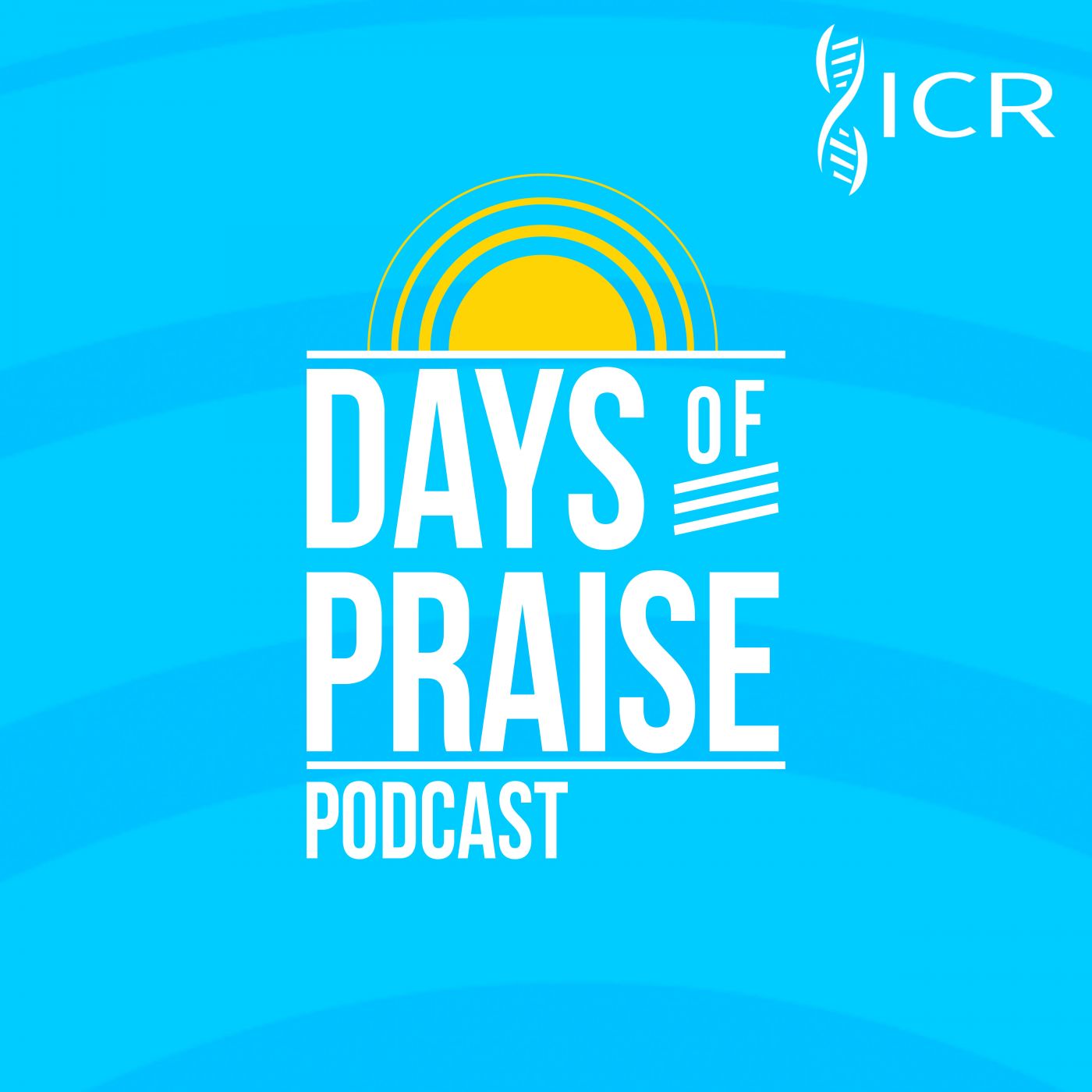“But, beloved, be not ignorant of this one thing, that one day is with the Lord as a thousand years, and a thousand years as one day. The Lord is not slack concerning his promise, as some men count slackness; but is longsuffering to us-ward, not willing that any should perish, but that all should come to repentance.” (2 Peter 3:8-9)
There are two measurements of time that are key to understanding the thrust of this passage. The word for day is hemera, meaning a 24-hour day as it is used in this passage, and the word for a thousand is chilioi, which also means 1,000 years.
We mortals experience time one way; we are constricted to a 24-hour day, one evening and one morning. A thousand years’ worth of days (365,000) seems like a lot of time to us, especially when we look at the pre-Flood ages of people, such as Methuselah. He lived an incredible 969 years (Genesis 5:27). But from God’s perspective, his entire earthly stay was like “one day.”
It’s all about perspective, isn’t it? From our perspective, it’s been around 2,000 years (730,000 days) since the Great Commission was given to “go ye therefore, and teach all nations….Teaching them to observe all things whatsoever I have commanded you” (Matthew 28:19-20). But from our Lord’s perspective, it’s only been two days!
Having a taste of how the eternal God experiences time changes how we live. Are we telling people about the gospel? God is “temporarily” withholding a future fiery cataclysm (2 Peter 3:10) because He is “longsuffering to us-ward, not willing that any should perish, but that all should come to repentance” (v. 9).
Believer, let’s get to doing the work of our Master and Lord! CM
 Days of Praise Podcast is a podcast based on the Institute for Creation Research quarterly print devotional, Days of Praise. Start your day with devotional readings written by Dr. Henry Morris, Dr. Henry Morris III, Dr. John Morris, and others to strengthen and encourage you in your Christian faith.
Days of Praise Podcast is a podcast based on the Institute for Creation Research quarterly print devotional, Days of Praise. Start your day with devotional readings written by Dr. Henry Morris, Dr. Henry Morris III, Dr. John Morris, and others to strengthen and encourage you in your Christian faith.




















